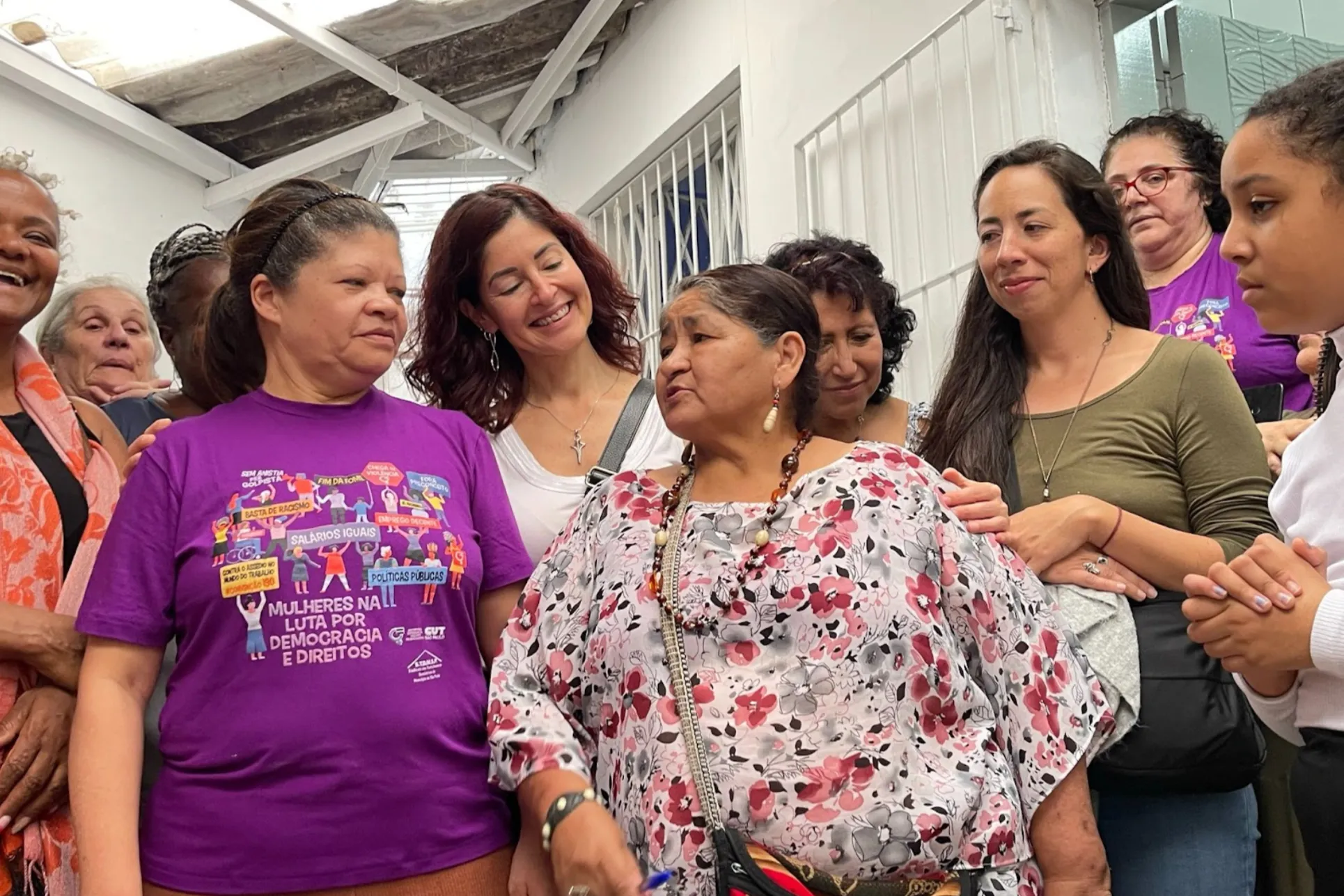
💡 Match Day and the Future of Medicine: A Celebration Clouded by Urgency
Every spring, numerous medical students throughout the United States wrap up years of intense study and training with Match Day—a pivotal event that dictates where they will start their residency training. This occasion serves as an emotional rite of passage, marking the shift from student to physician-in-training. Newly qualified dermatologists, surgeons, psychiatrists, internal medicine doctors, and many others discover where they’ll dedicate the next three to seven years refining their specialties.
Hospitals and healthcare systems nationwide eagerly welcome this influx of talent. However, while this transition signals a moment of enthusiasm and fresh starts, it also highlights a crucial point for a healthcare system grappling with escalating systemic challenges. As our population ages and becomes sicker, the quantity, variety, and distribution of doctors being educated may prove inadequate to care for the patients of the future.
📈 The Aging of America
The demographic composition of the U.S. is changing quickly, primarily fueled by the aging Baby Boomer generation. In 2022, around 58 million Americans were aged 65 or older. By 2050, that figure is anticipated to reach 82 million. Concurrently, the median age of the U.S. population has risen from 30 in 1980 to nearly 40 today.
This aging trend in America brings about increased demand for healthcare services. Older individuals experience higher prevalence rates of chronic diseases—including heart disease, diabetes, arthritis, and dementia—and typically require more complex medical care. The escalating strain on the healthcare system is evident, particularly in fields like geriatrics, primary care, and oncology.
👩⚕️ A Shortage of Specialists for Geriatric Care
A pressing example of workforce insufficiency is the significant lack of geriatricians—physicians dedicated to the care of older patients. Despite the growing elderly population, the number of board-certified geriatricians fell from 10,000 in 2000 to roughly 7,400 in 2022. This equates to one geriatrician for every 10,000 elderly Americans—a ratio that cannot be sustained.
The shortfall is intensified by a lack of interest in this specialty. In 2023, fewer than half (42%) of geriatric medicine fellowship positions in the U.S. were filled—even though these programs were adequately funded and accessible. This indicates that workforce planning has not aligned with societal needs—or possibly that there aren’t enough incentives or awareness to attract young physicians to this critical specialty.
🏥 A Broader Physician Shortage
The deficiency of geriatricians is part of a larger physician deficit. According to the Association of American Medical Colleges (AAMC), the U.S. may face a shortfall of 20,000 to 40,000 primary care physicians by 2036. This is particularly worrisome as primary care doctors often act as the first line of defense for aging populations, handling numerous chronic conditions and coordinating specialized treatments.
Specialists in cardiology, nephrology (kidney care), oncology, and surgery are also in limited supply. Cancer incidence, for example, rises with age; yet around 20% of the nation’s 13,000 practicing oncologists are approaching retirement. In rural areas, the scenario is even bleaker—20% of Americans reside in rural communities, but only 8% of oncologists are working there. Geographic disparities, combined with insufficient numbers, are creating healthcare deserts that diminish access to timely and effective treatment.
📍 The Training Bottleneck
Though enrollment in U.S. medical schools is at an all-time high—and the diversity of student bodies is steadily improving—this alone will not address the issue. Training a physician involves more than earning a medical degree; it necessitates a residency placement. Unfortunately, the number of available residency positions hasn’t matched the rising demand, resulting in a bottleneck.
If medical schools produce more doctors, yet residency opportunities don’t increase in tandem, we risk leaving qualified graduates unable to engage in clinical practice. Residency programs heavily depend on federal funding—largely from Medicare—which has historically limited the number of supported positions. Without legislative intervention and investment, this artificial cap will continue to restrict our healthcare workforce.
To compound the problem, the existing distribution of medical professionals is uneven. Over 80% of U.S. counties fall into the category of healthcare deserts—defined as areas lacking adequate access to medical services. These healthcare deserts are present not only in rural areas but also in certain urban locations, highlighting systemic inequities that worsen the physician shortage.
🧠 Technology Is Not a Cure-All
Technological advancements such as artificial intelligence (AI), mobile clinics, and telehealth represent promising tools that can enhance efficiency and broaden access to care. AI can aid in cancer screenings, analyze extensive data, and support drug development, while telemedicine helps bridge geographic access gaps. Nevertheless, these technologies are supplements—not replacements—for human clinicians.
Direct patient interaction